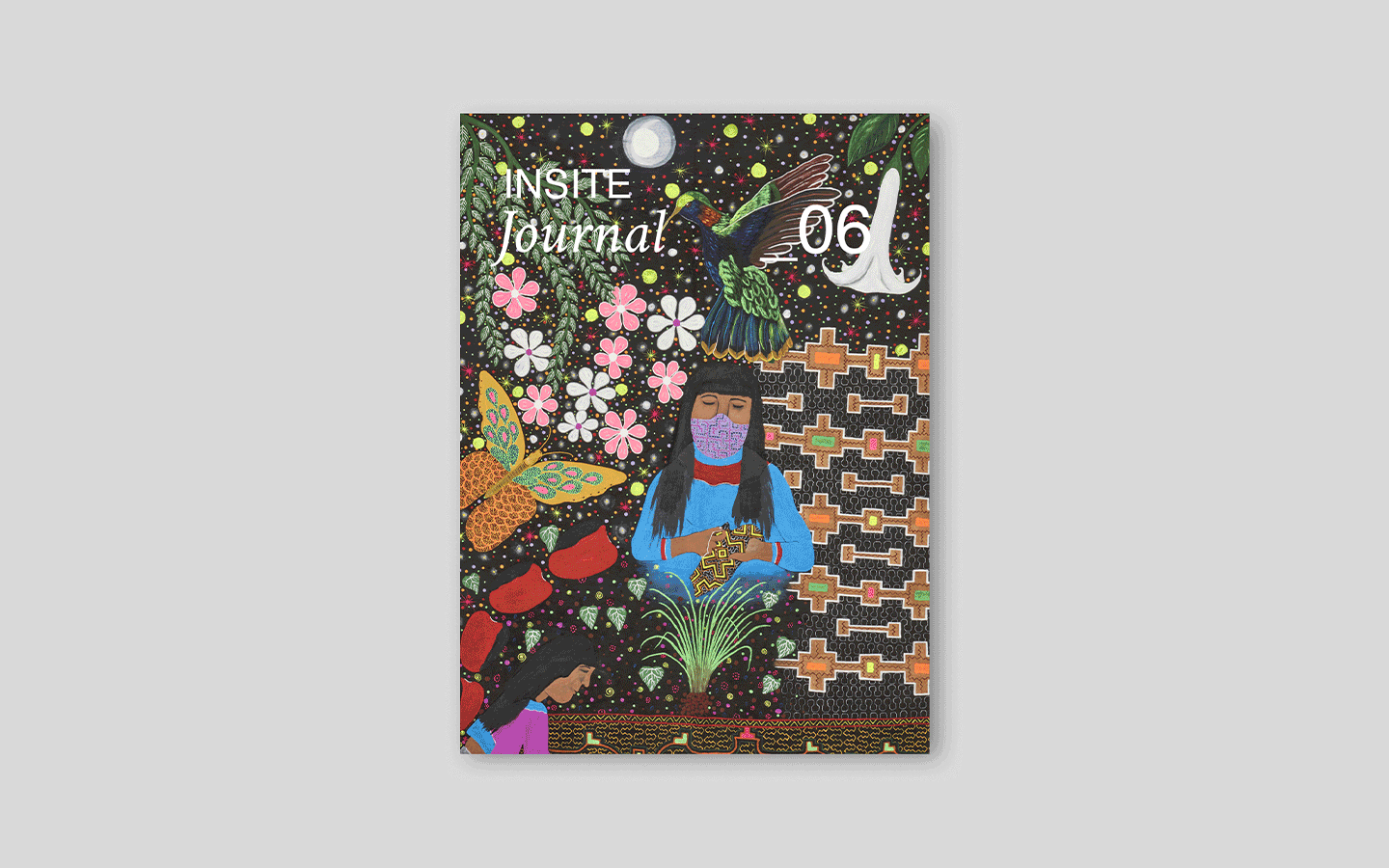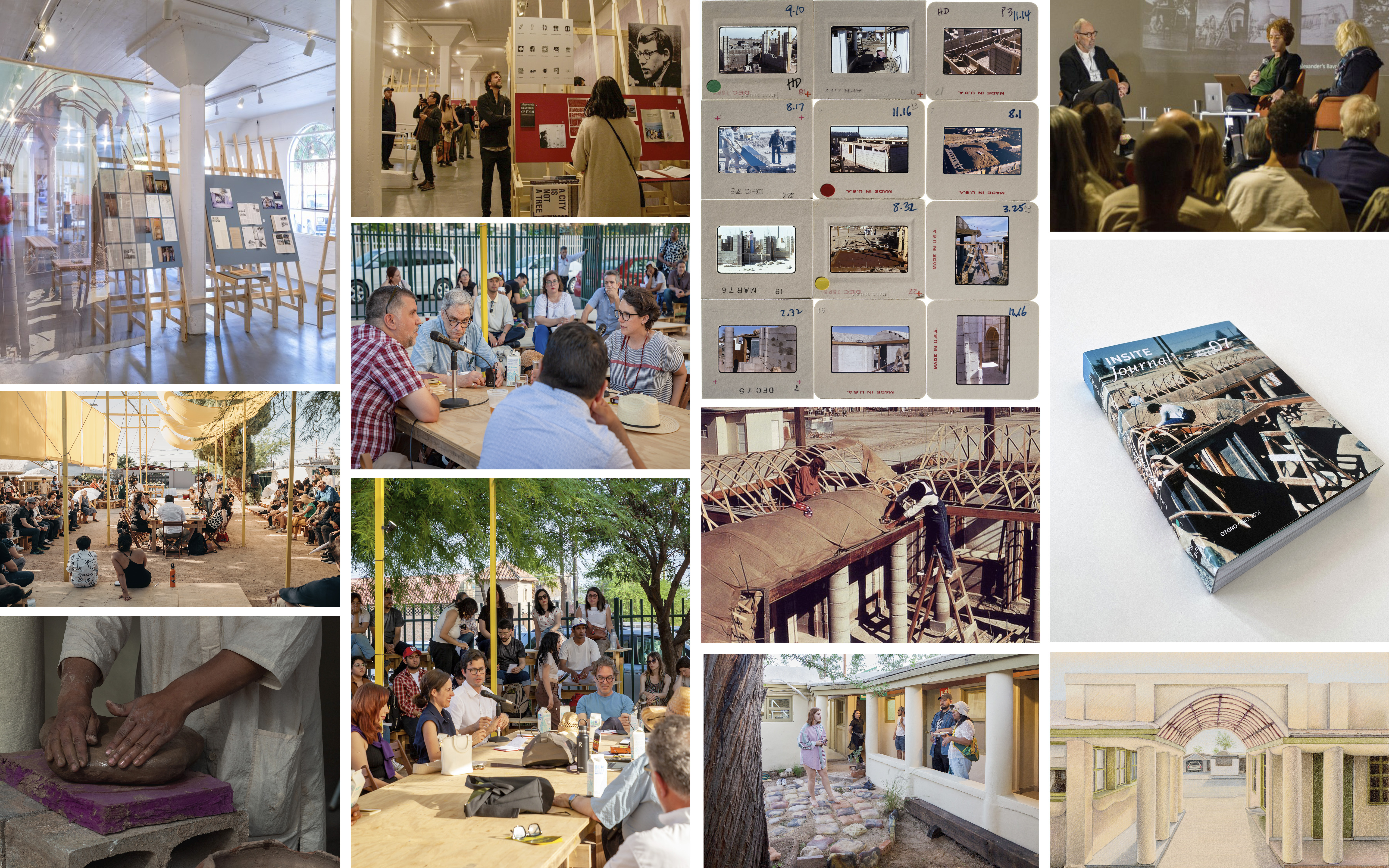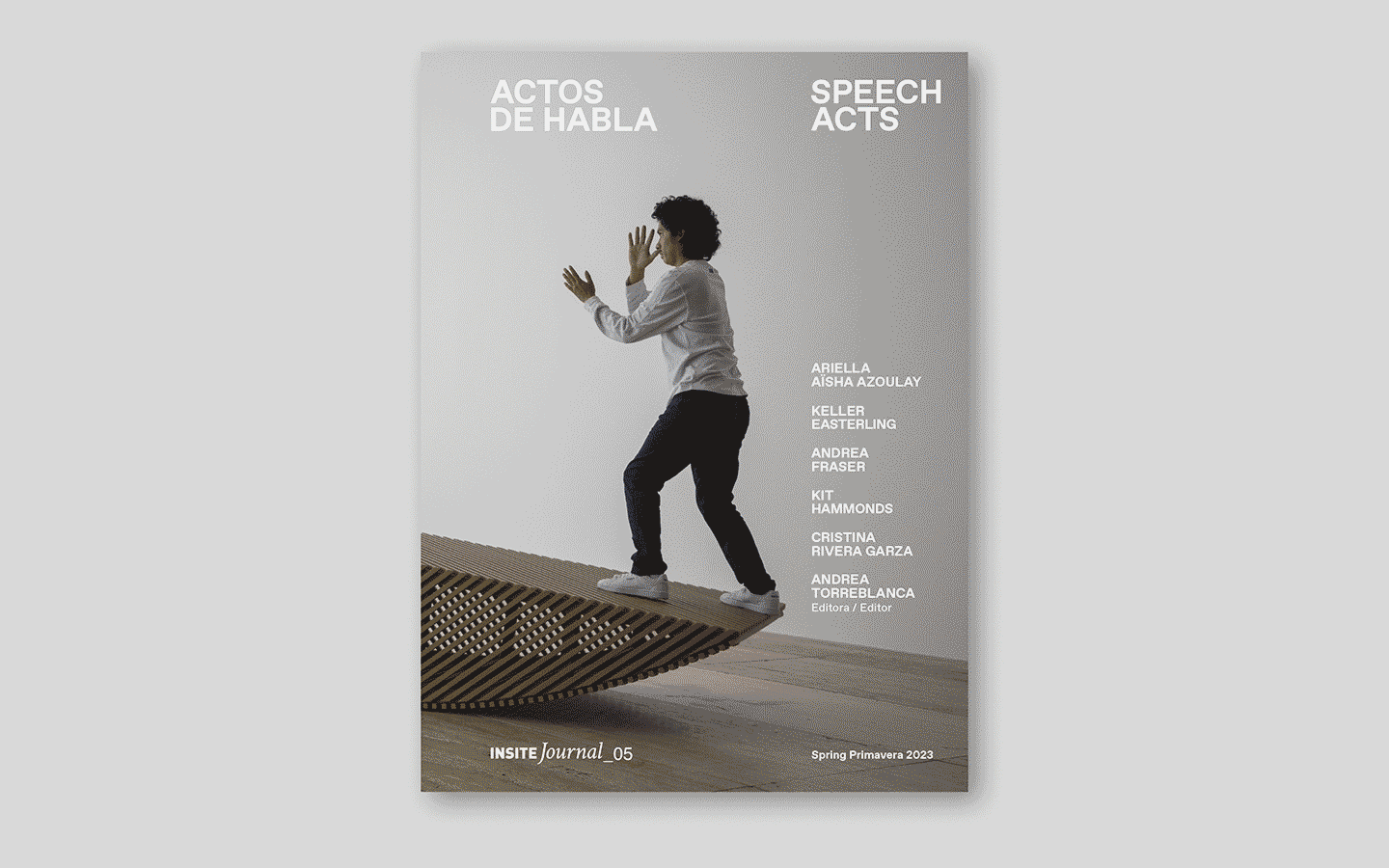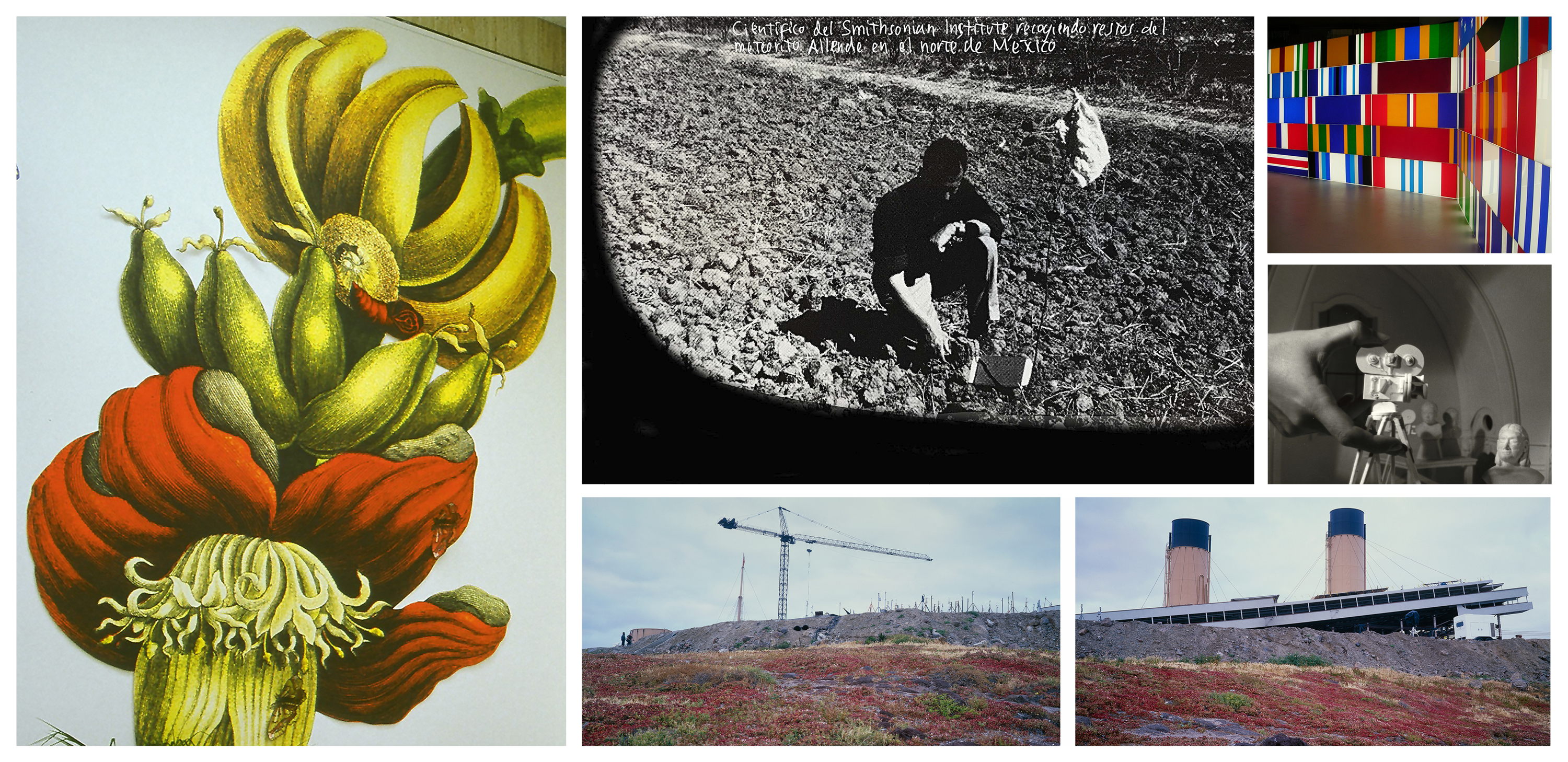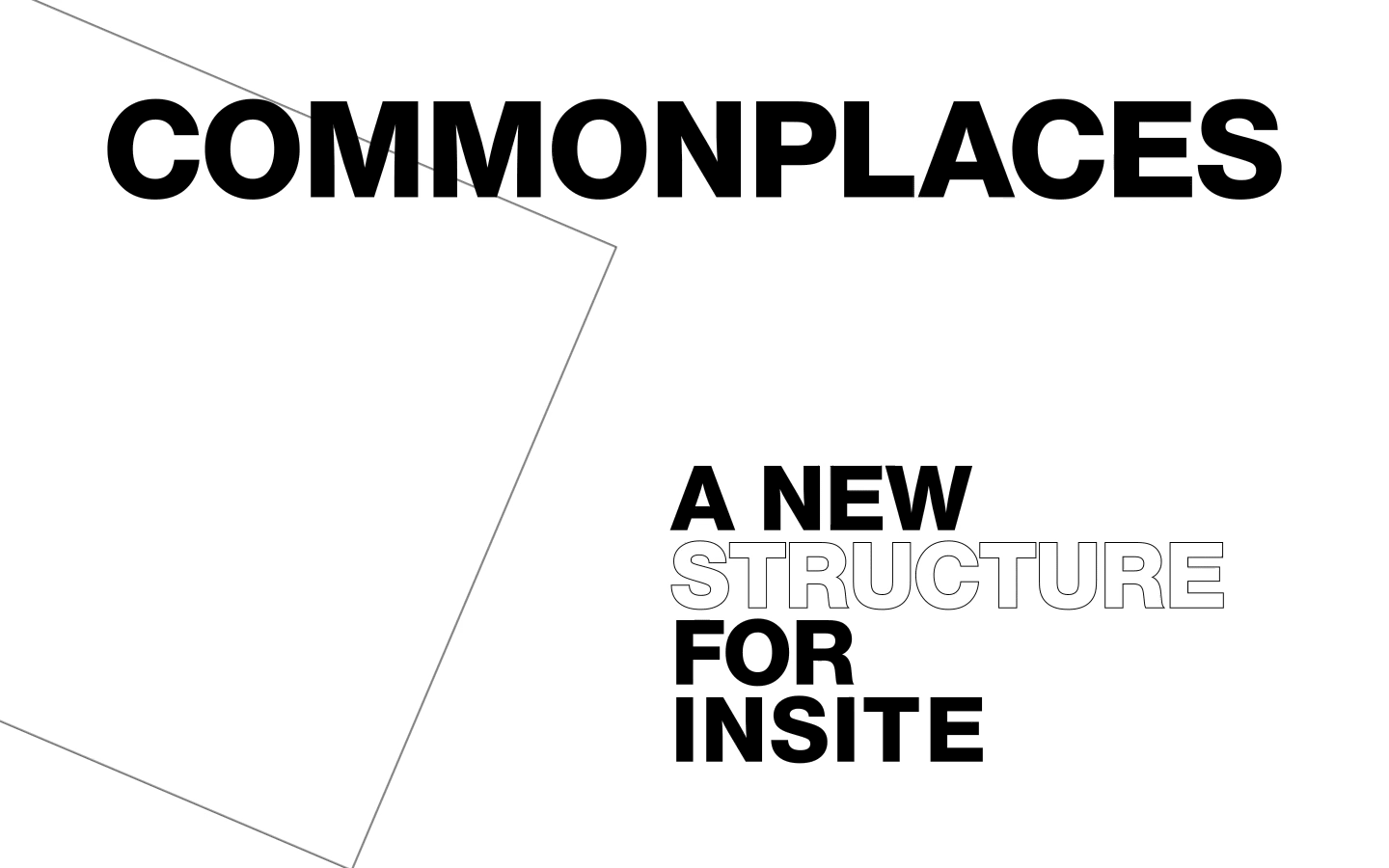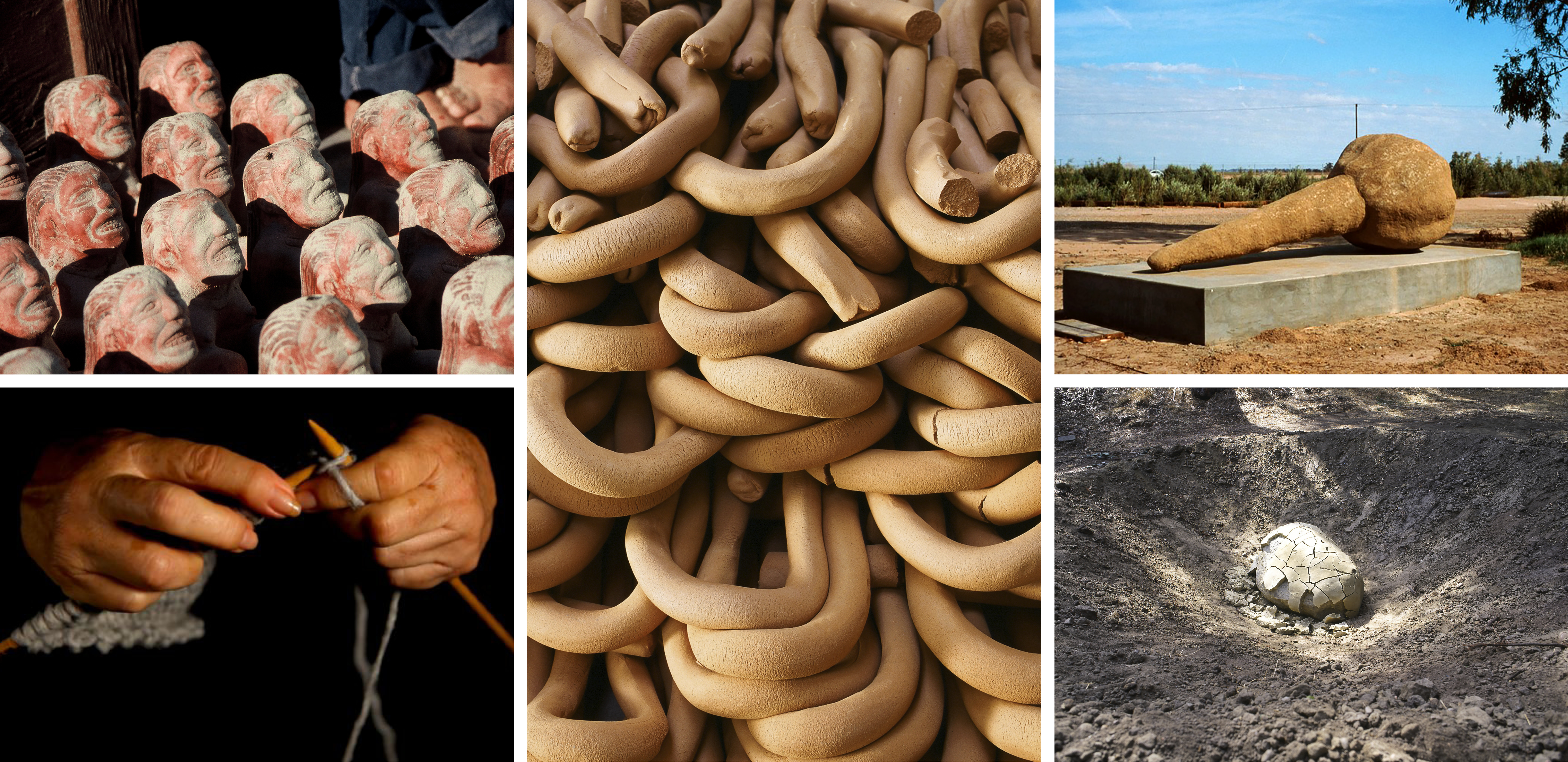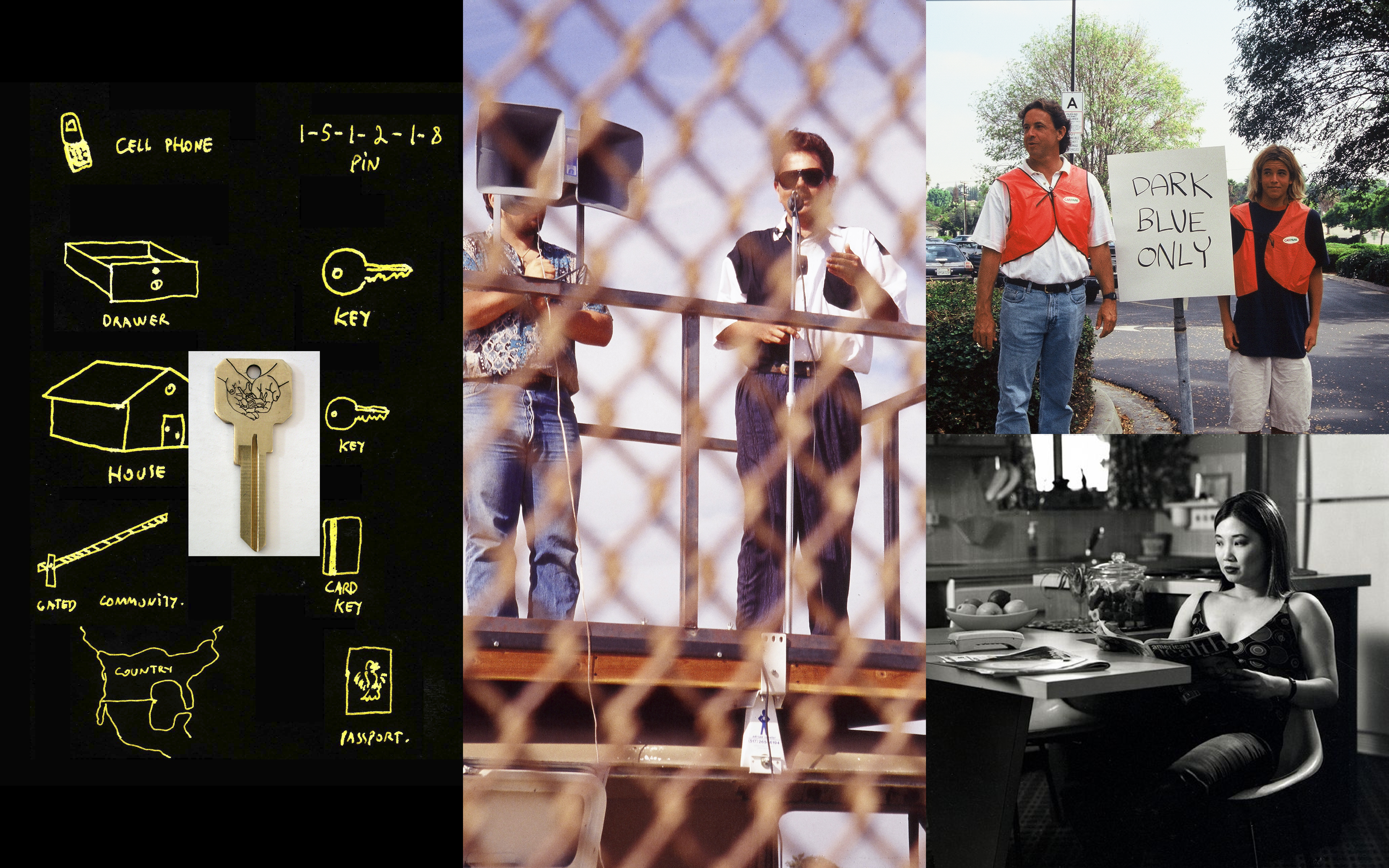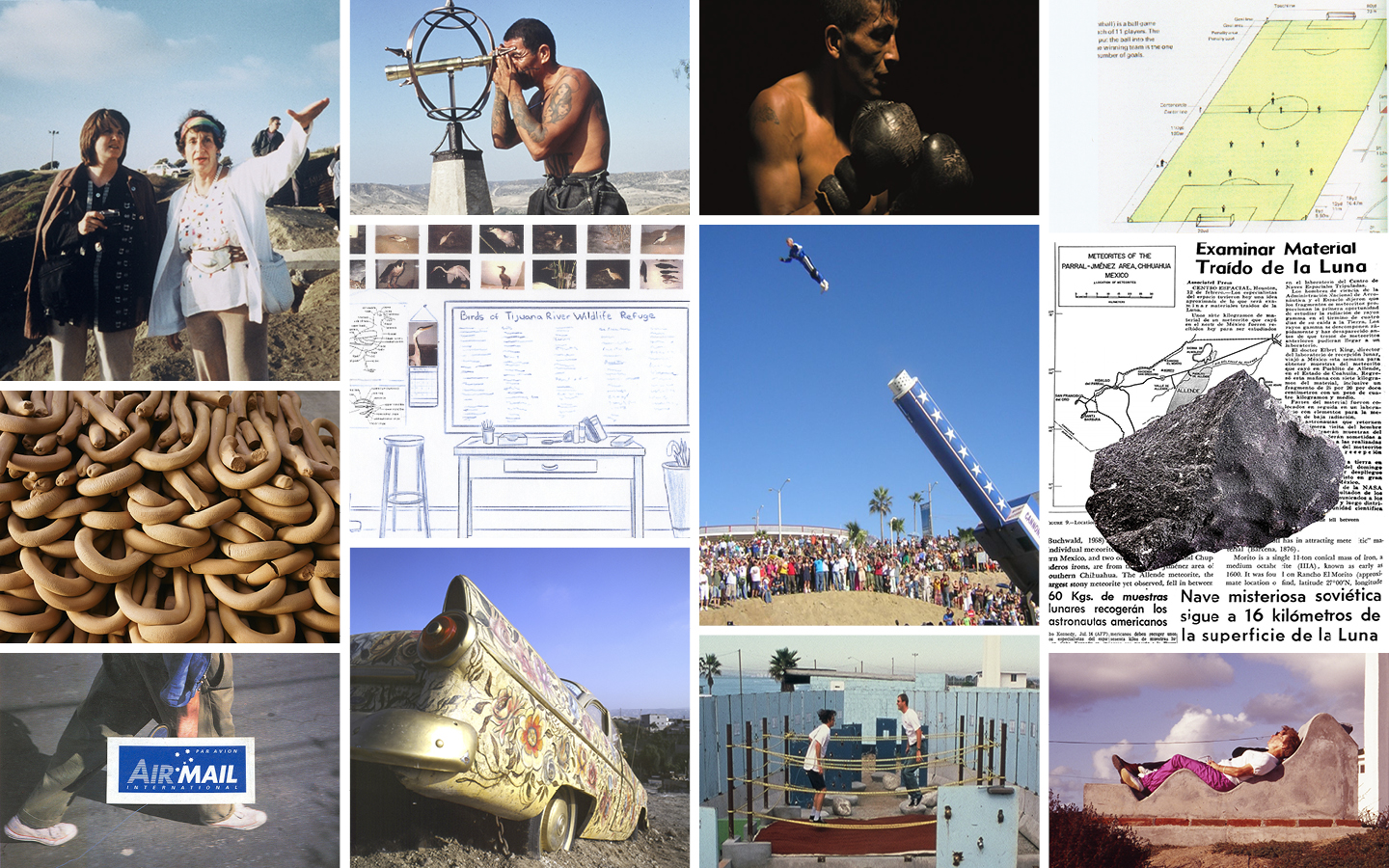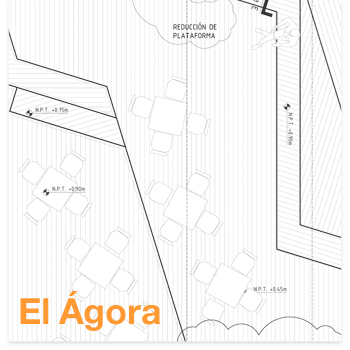INSITE Journal_06: Common Thread
Available in print and online
INSITE is pleased to announce the sixth issue of the INSITE Journal: Common Thread. The publication, edited by Miguel A. López, explores the bonds and forms of continuity between bodies, animals, plants, territory, and spiritual worlds in the face of the COVID-19 pandemic. The point of departure was an invitation to Shipibo activist and artist Olinda Silvano (Reshinjabe) (First Breath) and the Shinan Imabo (Our Inspirations) group from the Cantagallo community, the largest Indigenous settlement in Lima, to develop paintings and textiles that recount their experience and perspective of the recent health, social, and political crisis. The Shinan Imabo association of Shipibo artisan woman and mothers was founded in early 2021 to generate a mutual aid platform that would allow them to offer their creations, generate income, and share their community knowledge. The result of the commission was over one hundred textiles, paintings, and objects that reveal an important perspective on the pandemic and contemporary social struggles.
This issue of INSITE Journal seeks to provide a broader context for thinking about the work carried out by Shinan Imabo. In the IN FOCUS section, art historian María Eugenia Yllia analyzes an embroidery work Historias de la selva y la ciudad (Stories of the Jungle and the City) produced by Olinda Silvano and visual artist Julia Ortiz Elías. This 2013 work addresses stories of migration, social violence, and how women share efforts of resistance through art. The Shipibo artist and activist Ronin Koshi takes Metsá Rama’s painting El árbol que salvó a los shipibos y la resistencia cultural (The Tree that Saved the Shipibos and Cultural Resistance), 2021, as an opportunity to discuss the severity of the pandemic’s impact on the Cantagallo community. In the ESSAY section, Shipibo educator and activist Mery Fasabi elaborates on the experience of Comando Matico, a group of Indigenous activist volunteers that defied the state’s inertia to propose forms of treatment in the face of COVID-19 through the sacred knowledge of plants. Then, the artist historian and curator Giuliana Vidarte traces a twenty-year arc to think about recent Shipibo art from two positions: on the one hand, the work of Elena Valera (Bawan Jisbe) in the late 1990s and, on the other hand, the work of Chonon Bensho.
The Journal includes the forty-two works exhibited in Mother Plants and Struggling Women: Visions from Cantagallo, co-curated by Gala Berger, Miguel A. López, and Olinda Silvano, at the Museo de Arte Contemporáneo (MAC) in Lima. The DOCUMENTS section reproduces a fragment of a conversation between linguist Pilar Valenzuela Bismarck and pottery maker Agustina Valera Rojas published in the book Koshi Shinanya Ainbo, el testimonio de una mujer Shipiba (Koshi Shinanya Ainbo: The Testimony of a Shipiba Woman) (2005), which collects stories associated with Shipibo traditions, everyday life, language, and forms of social organization.
The CONVERSATIONS section offers transcriptions of various live and recorded exchanges that took place during the process of developing INSITE Commonplaces in Lima. It includes the voices of Olinda Silvano, the textile artist and feminist activist Cristina Flores Pescorán, the Uitoto painter Santiago Yahuarcani, and the Chilean poet, artist, and feminist activist Cecilia Vicuña. To conclude, Gala Berger and Metsá Rama prepared a Shipibo glossary that highlights the multiple meanings of words and concepts, such as butterflies, eyes, sirens, blood, dolphin, ginger, and art. Drawn from Rama’s affective memory, they are presented as bridges to move between different worlds. Journal_06 was designed by Taller A.M. (Eric León y Alejandro Magallanes).
Please contact INSITE at info@insiteart.org to request a complimentary print copy of INSITE Journal_06. Read the online version here.
Founded in 1992, INSITE is a cultural initiative focused on commissioning artworks in the public sphere through collaborations among artists, cultural agents, institutions, and communities locally and abroad. The project is based in the Mexico/US border region of Baja California and Southern California: insiteart.org.
